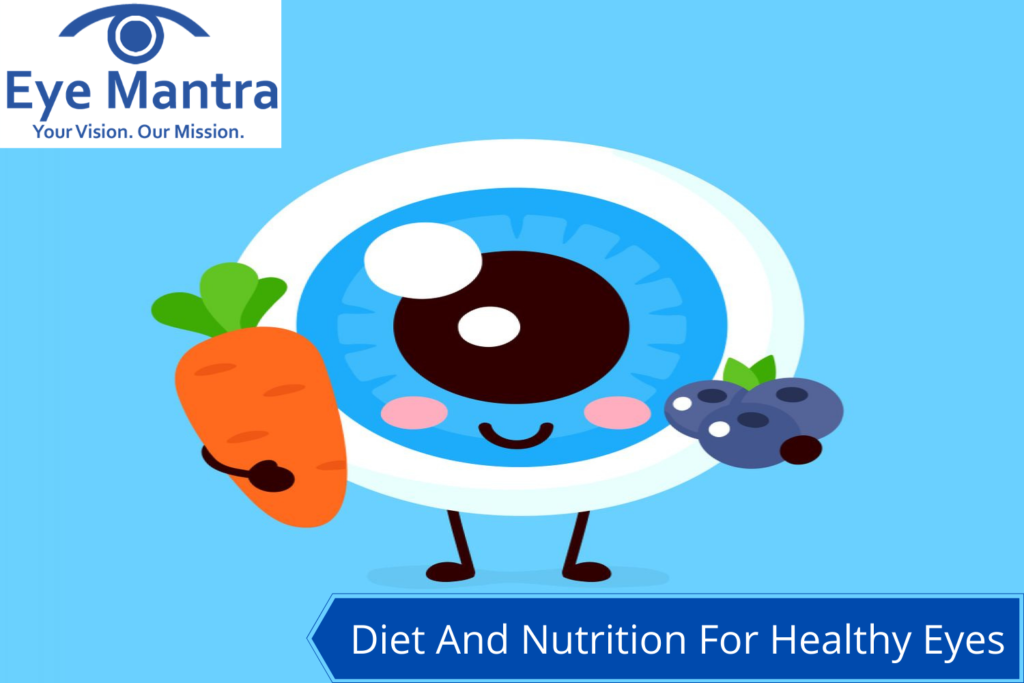


Low levels of DHA, found in the retina, have been linked to dry eye syndrome. They play an important role in visual development and retinal function. There are two types of omega-3 fatty acids: the plant-based ALA and the oily fish-based EPA and DHA.
#EYE BERRY FOR HEALTHY EYESIGHT DIET FREE#
This powerful antioxidant seems to protect cells of the eyes from the damage caused by free radicals, which destroy healthy tissue.

Foods to eat: oranges, berries, red and green peppers, cauliflower, broccoli, papaya, cantaloupe, and Brussels sprouts.This antioxidant may lower the risk of developing cataracts and slow the progression of AMD.Foods to eat: beef liver, fish, milk, eggs, spinach, pumpkin, sweet potatoes, and carrots.They are known for helping with night vision. The A vitamins, which include beta-carotene, help the retina, cornea, and other eye tissues to function properly.If you take any of these drugs, talk with your doctor before consuming goji berries in any form. Please note: According to WebMD, goji berries could interact with certain drugs, including those for diabetes, blood pressure, and blood thinners.The richest source of zeaxanthin is goji berries (also called wolfberries), which are available in health food and some grocery stores, in dried form and in juices and teas. Also found in eggs, broccoli, pumpkin, and bright-colored fruits like kiwi and grapes. Foods to eat: green leafy vegetables like spinach, kale, and collards.Zeaxanthin appears to be the most active antioxidant in the macula specifically. They protect against the damaging effects of sunlight, cigarette smoke, and air pollution. These important antioxidants may reduce the risk of chronic eye diseases, including age-related macular degeneration.Here is a list of nutrients that play a beneficial role in keeping our eyes healthy: Lutein and Zeaxanthin It is all about making healthy choices.Ĭhoosing the freshest forms of colorful fruits and vegetables, lean meats and fish, whole grains and nuts, and low-fat dairy and eggs will ensure a diet rich in many of the nutrients that promote healthy eyes and preserve vision. The good news is we have many wholesome foods available to us. When it comes to nutrition, it is best to get your nutrients from foods. We all want to preserve our vision, but it can be confusing and overwhelming to interpret research studies and determine what is truly best for our individual situations. Two landmark clinical trials, the Age-Related Eye Disease Study (AREDS) and AREDS2, provided evidence that a combination of specific nutrients in specific amounts reduced the risk of developing advanced AMD in participants who had already-existing moderate to advanced dry or wet macular degeneration (AMD).Īlong with this growing evidence that specific nutrients have a positive and protective effect on eye health are growing numbers of nutritional supplements that offer a variety of formulas for healthy eyes. Nutrition and Eye Health: the Basicsĭuring Healthy Aging Month, it’s appropriate to emphasize the link between nutrition and your eyes, including research studies that demonstrate a clear connection between good nutrition and eye health. She has worked as an Adjustment to Blindness Counselor and Diabetic Educator for Vision Rehabilitation Services of Georgia and as a school nurse providing in-service training for school staff and developing care plans for newly-diagnosed students and their families.
#EYE BERRY FOR HEALTHY EYESIGHT DIET SERIES#
Guest blogger Audrey Demmitt, RN, BSN, is a nurse diabetic educator, VisionAware Peer Advisor, AFB Career Connect mentor, and author of the VisionAware multi-part blog series on diabetes and diabetes education.Īt age 25, Audrey was diagnosed with retinitis pigmentosa and continued to work as a nurse for 30 years with her visual impairment.


 0 kommentar(er)
0 kommentar(er)
